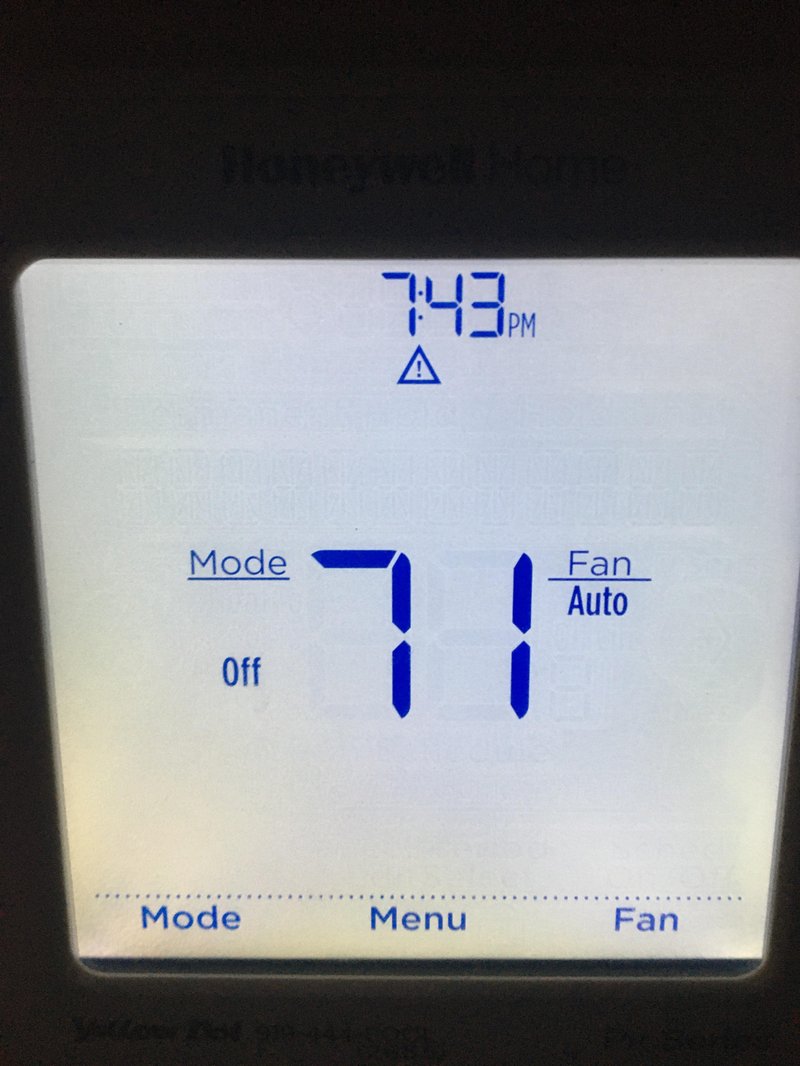
Picture this: your Honeywell air conditioner has been your trusty sidekick during the sweltering heat. Then, out of the blue, it flashes an error code: LE. It might sound a bit like techno-jargon, right? But at its core, this error code serves as a direct message from your AC, alerting you to a specific issue. The “LE” error code specifically relates to a water level problem within the unit. It’s kind of like your air conditioner trying to tell you, “Hey, there’s too much water here!” This issue typically arises when there’s excessive water buildup that the unit can’t seem to drain properly.
The first step to resolving the LE error code is understanding what’s causing it. Unlike a complex mechanical failure, the LE error is usually related to something manageable. It often means that the internal tank of your portable air conditioner has accumulated more water than it can handle. Think of it like a sponge that’s absorbed way too much water and can’t soak up any more. Once you know where the problem lies, you can take steps to fix it. Let’s dive deeper into understanding this issue.
Understanding the LE Error Code
When your Honeywell air conditioner flashes the LE error code, it’s essentially signaling a high water level in the internal storage tank. You see, air conditioners do more than just cool the air; they also help reduce humidity. As they do this, they extract moisture from the air, turning it into water. Normally, this water is either evaporated or drained away. Imagine having an umbrella on a rainy day—your air conditioner protects your space from moisture. But sometimes, water accumulates faster than it can be dealt with, and that’s when the LE code comes into play.
The root cause of an LE error is often linked to high humidity levels or perhaps a problem with the drainage system. For instance, if you live in an especially humid area and your air conditioner works overtime to dehumidify, it might collect more water than usual. It’s kind of like trying to catch rain in a small cup—it can only hold so much before it overflows. Alternatively, there might be a blockage in the drainage tube, preventing water from escaping. Just like how a clogged drain can lead to a flooded sink, a similar principle applies here.
So, what does this mean for you? Well, dealing with the LE error code is typically manageable at home. You’d need to check the water tank or drainage system of your air conditioner. It might involve emptying the water tank manually or ensuring that the drainage path is clear. Once you’ve cleared the excess water, your air conditioner should return to its regular, efficient self. It’s as simple as giving your AC a helping hand with its water woes!
How to Resolve the LE Error Code
Resolving the LE error code doesn’t have to be a daunting task. Start by locating the internal water tank or drain pan of your Honeywell air conditioner. This part of the process is a bit like opening the hood of a car to take a peek inside. Most portable units have a detachable tank or a small plug that you can remove to release the water. Carefully empty the tank and make sure you reattach everything securely—much like fastening your seatbelt before driving.
Next, ensure the drainage system isn’t blocked. This might require a bit of inspection and perhaps gently cleaning the drainage tube. Dust and debris can accumulate over time, much like lint in a dryer filter. A thorough check and cleaning can help the water flow smoothly again. Remember, always turn off and unplug your unit before doing any maintenance—safety first!
If your air conditioner tends to face this issue frequently, consider using a dehumidifier to reduce room humidity levels or making sure your AC is appropriately sized for your space. Just like you wouldn’t wear a heavy coat in the summer, you want your air conditioning equipment to fit your environment. If the problem persists, consulting a professional technician might be the best route. They can offer a more in-depth diagnosis and solution to avoid future hiccups.
Preventing the LE Error in the Future
Prevention is often the best cure, and this holds for avoiding the LE error code as well. Regular maintenance of your air conditioner goes a long way. Think of it as giving your car a routine check-up to prevent breakdowns. For starters, periodically check the water tank and drainage system to ensure they’re clean and functioning well. A little attention during your spring cleaning can save you from summer headaches.
Additionally, controlling the humidity in your space can help. Using curtains to block intense sunlight or slightly opening windows for ventilation can reduce indoor moisture levels. It’s like adding an extra layer of defense against moisture buildup. Moreover, ensure your air conditioner has a proper drainage setup. If your unit supports continuous drainage, consider connecting a hose for a more seamless water removal process—like setting your AC on autopilot for water drainage.
Finally, keep an eye on weather conditions and adjust your AC settings accordingly. On particularly humid days, reducing the temperature setting or using a fan mode can alleviate the workload on your AC. Remember, your air conditioner is your ally in comfort, and with a bit of proactive care, it will keep your space cool and error-free for the seasons to come.
In conclusion, an LE error code from your Honeywell air conditioner might seem like a curveball, but with the right know-how and maintenance, you can keep it from being a recurring issue. By understanding the cause and taking preventive measures, you’ll ensure a consistently cool and comfortable environment. Isn’t it reassuring to know that you can tackle this problem with ease? And remember, if things feel a bit too tricky, calling in a professional is always a safe and smart choice. Here’s to cool days ahead!